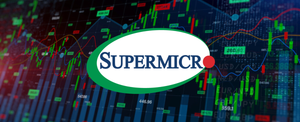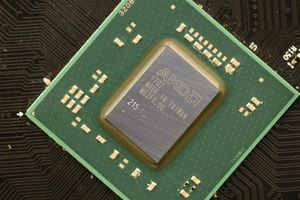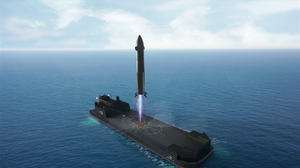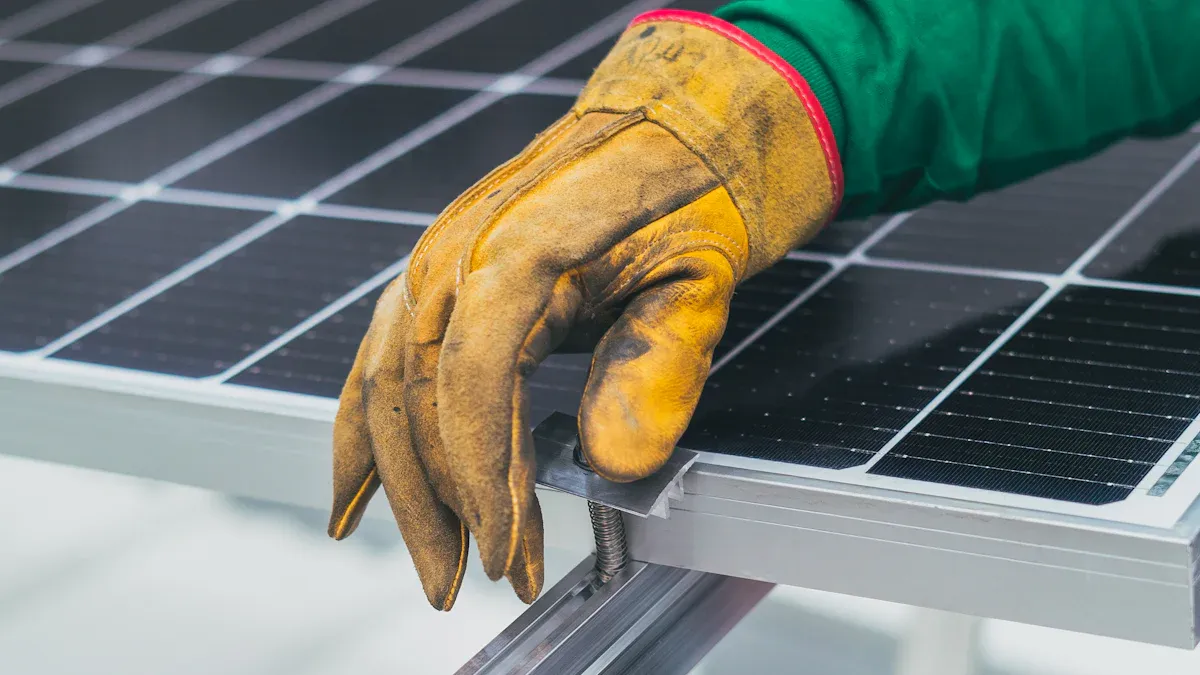
I see bolt anchors as the backbone of every safe solar project. These fasteners, including Chemical Anchor Bolts and Timber bolts, secure panels to structures and help meet strict building codes. Strong anchoring resists harsh weather, ensures stability, and supports the long-term performance of solar installations.
Key Takeaways
- Bolt anchors secure solar panels and keep them stable against strong winds and weather, ensuring safety and long-term performance.
- Using the right type and high-quality bolt anchors prevents costly failures, corrosion, and safety risks in solar projects.
- Careful selection and proper installation of bolt anchors, following engineering standards and site conditions, guarantee reliable and durable solar systems.
The Critical Role of Bolt Anchors in Solar Infrastructure
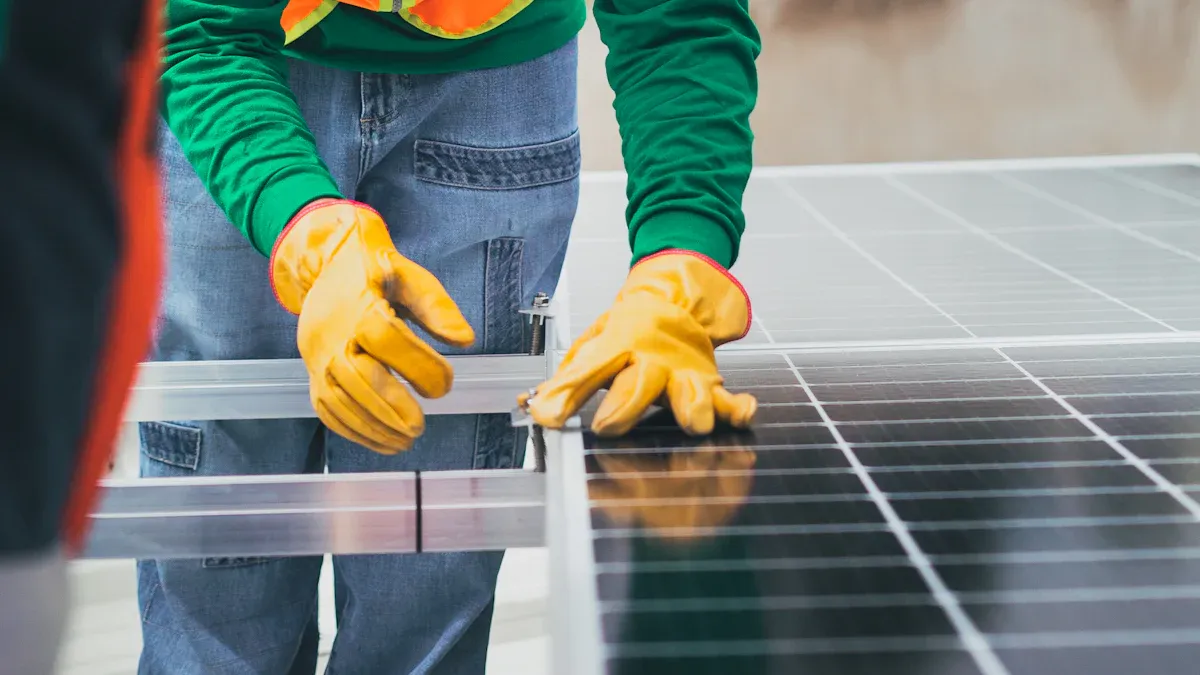
How Bolt Anchors Support Solar Projects
When I design and oversee solar projects, I always start by focusing on the foundation. Bolt anchors play a vital role in every stage of solar infrastructure. They secure the mounting structures for photovoltaic panels, making sure everything stays in place even when exposed to strong winds or heavy rain. I rely on bolt anchors to provide the structural stability that solar farms need to operate safely and efficiently.
- Bolt anchors fasten solar panel mounting structures to concrete foundations.
- They prevent movement and misalignment under external forces like wind and vibration.
- I choose corrosion-resistant materials, such as stainless steel or Galvanized Steel, to ensure long-term durability in harsh outdoor environments.
- Bolt anchors come in different types, including cast-in-place, wedge, sleeve, expansion, and chemical anchors. Each type serves a specific purpose based on load requirements and environmental conditions.
I have seen that compliance with engineering standards, such as ASTM F1554, is not just a recommendation but a necessity. These standards guarantee that bolt anchors meet strict safety and performance criteria. In my experience, using high-quality bolt anchors with proper coatings protects against corrosion and extends the life of the entire solar installation.
Tip: Always match the anchor type and material to the specific site conditions and load requirements. This approach ensures the solar array remains stable and secure for decades.
Risks of Overlooking Bolt Anchors
Ignoring the importance of bolt anchors can lead to serious problems. I have witnessed projects where substandard anchors caused costly failures and safety hazards. When installers use low-quality or incorrect anchors, the entire solar structure becomes vulnerable.
| Failure Type | Cause | Consequence |
|---|---|---|
| Corrosion of Steel Systems | Insufficient galvanization | Rust, loss of strength, early system failure |
| Beam Deformation | Use of weak steel | Panel misalignment, reduced energy output |
| Anchor Loosening | Improper installation or overloading | Structural instability, safety risks |
Some of the most common issues I encounter include:
- Structural integrity problems from cheap or poorly installed anchors.
- Increased maintenance costs due to corrosion and deterioration.
- Safety hazards for workers and end users.
- Regulatory non-compliance, which can result in legal and financial penalties.
- Reduced solar performance because of misaligned panels.
- Damage to the reputation of installers and manufacturers.
I have learned that environmental factors, such as wind and seismic activity, put extra stress on bolt anchors. In areas prone to earthquakes or high winds, I always specify specialized anchors designed to withstand these forces. Overloading, improper installation, and corrosion are frequent causes of anchor failure. Regular inspection and maintenance help prevent these issues, but the best defense is choosing the right bolt anchors from the start.
Note: Investing in high-quality bolt anchors and following best practices for installation protects your investment and ensures the long-term success of any solar project.
Ensuring Safety and Longevity with Proper Bolt Anchors
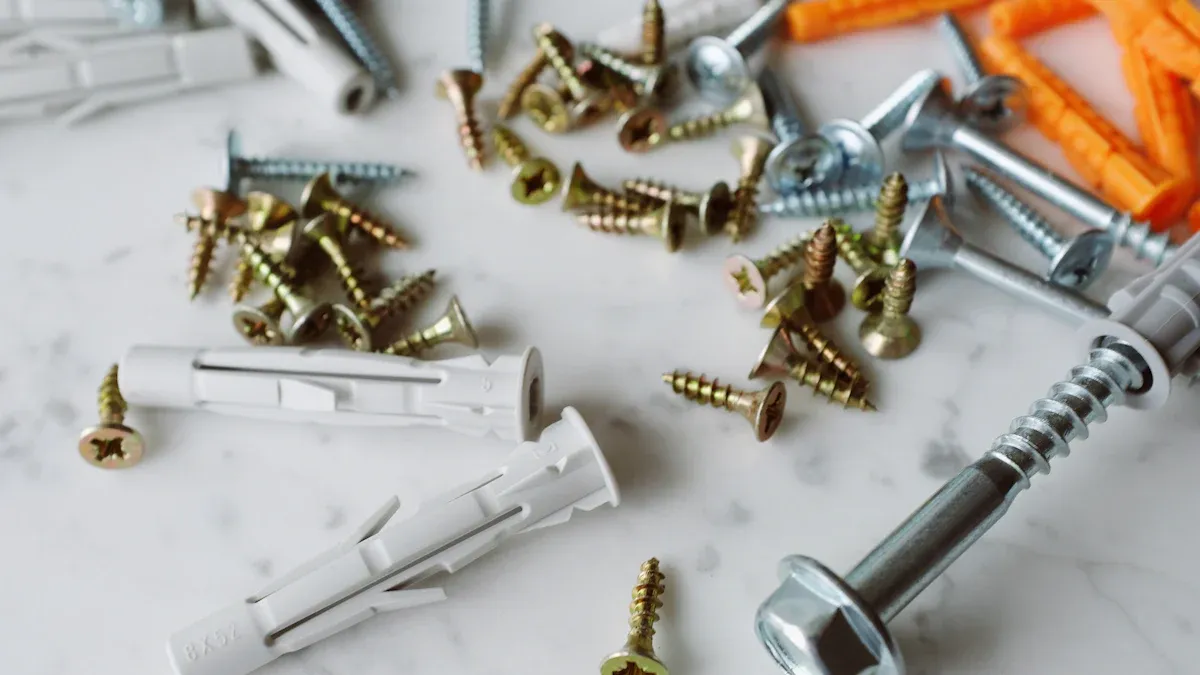
Best Practices for Selection and Installation
When I approach a solar project, I always start with a careful evaluation of the site and the mounting surface. Selecting the right bolt anchors means considering material compatibility, corrosion resistance, and load requirements. For outdoor solar systems, I often choose stainless steel or high-grade Carbon Steel bolts because they offer excellent durability and weather resistance. The table below summarizes common materials and their applications:
| Material Type | Corrosion Resistance | Typical Application |
|---|---|---|
| Stainless Steel | High | Outdoor exposed solar systems |
| Aluminum | Moderate | Lightweight rooftop arrays |
| Carbon Steel | Variable (plated) | Heavy structural mounting |
Before installation, I always review engineering guidelines and manufacturer instructions. I make sure to use the correct anchor type for the substrate, whether it’s concrete, wood, or metal. Proper embedment depth and alignment are essential for maximum holding power. I use torque wrenches to tighten bolts to the specified value, preventing under- or over-tightening. Regular inspections and maintenance keep the system secure over time.
Tip: Always account for environmental factors like wind, snow, and temperature changes when choosing bolt anchors for solar projects.
Real-World Lessons from Bolt Anchor Failures and Successes
I have seen firsthand how improper anchor selection or installation can lead to costly failures. For example, a floating solar plant in Brazil suffered major losses when its anchoring system failed during extreme weather. The project required a complete redesign of its fastening elements to restore stability. This experience taught me the importance of matching anchor systems to site conditions and environmental challenges.
On the other hand, successful projects always follow best practices. I ensure proper tightening of nuts, use certified datasheets, and follow local building codes. Continuous learning and attention to detail help me avoid mistakes and deliver reliable, long-lasting solar installations.
I never compromise on Bolt Anchors in solar projects. Choosing the right anchors and ensuring expert installation protects safety, performance, and investment. I always recommend prioritizing quality and following best practices. This approach guarantees reliable, long-lasting solar energy systems.
FAQ
What makes chemical anchor bolts ideal for solar projects?
I choose chemical anchor bolts for their high load capacity and strong adhesion. They work well in concrete and resist corrosion, which ensures long-term stability.
How do I select the right bolt anchor for my solar installation?
I assess the site conditions, load requirements, and material compatibility. I always consult engineering guidelines and manufacturer recommendations before making a final decision.
Can bolt anchors handle extreme weather or seismic activity?
Yes, I use anchors designed for dynamic loads. These anchors withstand wind, vibration, and seismic forces, which keeps solar structures secure in harsh environments.
Media Contact
Company Name: Ningbo Xinyi Weiye Import & Export Co., Ltd.
Email: Send Email
Country: China
Website: https://www.xyweiye.com/

